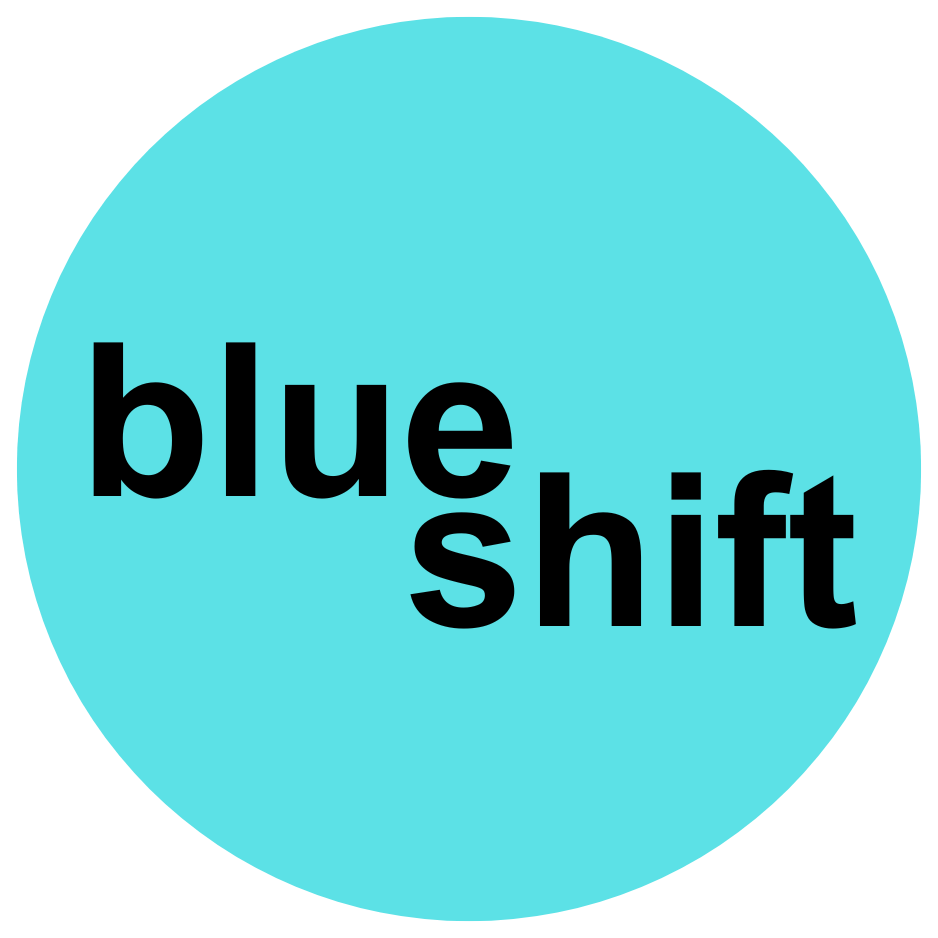14 APRIL - 4 MAY 2025
WINTERCIRCUS, GHENT, BELGIUM
WINTERCIRCUS, GHENT, BELGIUM
DRIFTING LANDSCAPES
— Exploring Post-Natural Futures
— Exploring Post-Natural Futures
Featured artists: Alfacenttauri, Alexandra Crouwers, Aura, Bianca Shonee Arroyo-Kreimes, Ceren Su Çelik, Claudia Brăileanu, Daniel Zantor, Eric Souther, Heliodoro Santos, Kelly Richardson, Kika Nicolela, Memo Akten, Patrick Tresset, Tais Koshino, Peter Wu+, and Solimán López.
Curatorial statement
by Diane DrubayDrifting Landscapes explores how the notion of landscape is reinterpreted in a time of ecological fragility and techno-accelerationism. In contemporary digital art, the landscape is an active, contested territory rather than a passive setting for human narratives or a mirror of the artist's inner world, as it was in the Romantic era. Through the use of digital tools and speculative technologies, artists in this exhibition deconstruct and reimagine landscapes to offer a backdrop figure challenging the Anthropocene and the Technoscene.
Through video, digital media, artificial intelligence, 3D simulation, and immersive environments, the exhibition brings together artists interacting with the landscape as a place of disruption, much like the Land Art interventions of the 1960s and 1970s. Some use generative algorithms to deconstruct natural forms, exposing the techno-colonization of nature (Memo Akten) and the ominous techno-surveillance ingrained in our daily lives (Heliodoro Santos and Daniel Zantor, Patrick Tresset). Others reconstruct speculative terrains, amplifying the effects of climate change (Claudia Brăileanu, Peter Wu, Alexandra Crouwers) or the extraction economies that shape our planetary futures (Ceren Su Çelik, Eric Souther, Alfacenttauri).
The landscape that emerges from these diverse practices is no longer neutral; technology has overcoded, monitored, and colonized it (Kelly Richardson, Solimán López). However, there are also acts of resistance—hybrid ecologies, imagined ecosystems, and digital rituals—that aim to recover a space for collective futures and non-human agency (Tais Koshino, Aura, Kika Nicolela, Bianca Shonee Arroyo-Kreimes).
Drifting Landscapes invites us to think about how digital art repositions the landscape as a complex zone where the effects of human activity and technological potentials collide. In this drifting space, we are prompted to explore complex terrains between nature and simulation, loss and possibility, and presence and absence, leaving us to wonder how these post-natural landscapes will exist in the future.

“
How can we talk about natural landscapes anymore?

